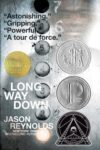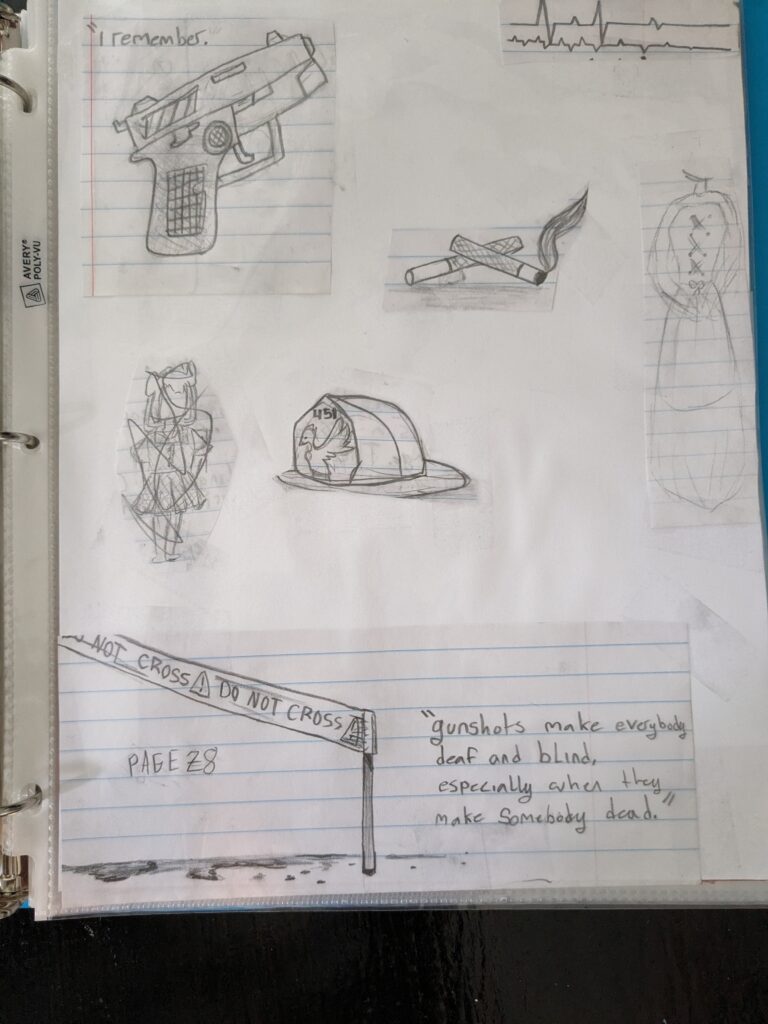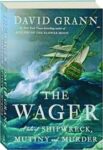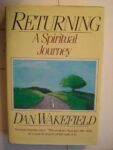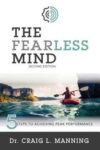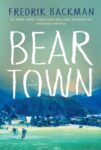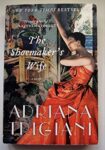by Ben Rothenberg, 2024
Very detailed biography on tennis player, Naomi Osaka. I happened to see it on the shelf at the library and grabbed it. It answered all my questions about Naomi – why is her last name Osaka when it’s her mother who is Japanese? Why does she play for Japan? Why did she fire her coach, Sascha Bajin? It all makes sense now.
Her father is black and Haitian, Leonard Maxime Francois. He moved to Brooklyn when he was in his teens and became a naturalized American citizen. He moved to Japan after going there with a Japanese friend and liking it so much. Her mother is Japanese, daughter and granddaughter of Japanese fishermen from Hokkaido. Her mother and father fell in love in Japan. Her father moved from NYC to Japan at the advice of some friends. They had to elope because it was unacceptable to be an interracial couple in Japan. They lived in Osaka, Japan, which also happens to be Naomi’s mother’s last name. When they had Naomi’s big sister, Mari, on April 3, 1996, they decided to give her the Osaka name as her last name, to lessen the “consternation” a foreign name would cause for them in Japan. Naomi was born on October 16, 1997. When Naomi was 3 and her sister was 5, their father watched Venus and Serena playing in the doubles final at the 1999 French Open. He decided then and there that they would follow in their footsteps. He started them playing tennis at 3 and 5, and he was their coach. He followed the pattern Richard Williams used with Venus and Serena. It was hard to find tennis opportunities in Japan, so they moved to NYC in spring of 2001, when Naomi was 3. When the winters in NYC made it hard to practice, he moved them to Florida. Their mother, Tamaki, was the breadwinner, and she had a good job in NYC but left it in order to stay with her daughters and husband. She worked 2 jobs much of Naomi’s life, trying to support the family. They were almost evicted once in Florida, but Naomi managed to win a tournament in California and made $10,000, enough to pay their rent and expenses and keep them from being evicted.
When they were going to school in NYC at a very young age, their teacher told their Mom that speaking Japanese in the home was keeping them from learning English. From that moment on, they had to stop speaking Japanese and were only allowed to speak English. That’s why Naomi can’t speak Japanese and sounds like an American.
Why does she play for Japan? Honestly, she thinks of herself as Japanese. That is where she was born. Her mother is Japanese. Her mannerisms are Japanese. They also offered her more lucrative sponsors than the USA, but it is pretty clear she considers herself Japanese and is really bummed that she can’t speak the language any longer. She worked hard during off-seasons at first, trying to relearn the language.
Why did she fire Sascha Bajin? This one is hard to say, but I think he may have broken her heart. She accused him of having a relationship with another WTA player, which he denied one day and admitted to her the next day. I think she may have been in love with him and he broke her heart.
As far as her meltdown and mental weakness, asking to be excused from press conferences at the French Open, I think she had every right to do so. She was asked some of the most pointed and personal questions, especially after firing Bajin, and was treated terribly by some journalists looking to hurt her because of her race, her gender, her monetary success, etc. Some really ugly things were said about her. She was always a sweetheart and tried to answer all of the questions asked of her. I would have cracked up long before she did. She didn’t really crack up, she just needed to take some breaks.
Now, she is back on tour after having her baby, Shai. She re-hired Wim Fissette, her long-term coach after Bajin, with whom she won 2 more majors. She hired him away from Qinwen Zheng, young Chinese tennis sensation.
I also learned a lot about Serena, because Serena is Naomi’s idol–she loves her! So much involved in the 2018 US Open and reporters wanted her to talk bad about Serena and she never, ever would. She loves her, respects her, idolizes her. What I learned about Serena is that Wayne is correct about her. She is a very, very mean person. She said that men on the ATP get away with what she did (threaten line judges and umps – really ugly threats – unbelievably ugly) but that is simply not true. Serena is mean, and has a huge chip on her shoulder, but that being said, there were some terrible things that happened to her and Venus early on. Also, being a tennis superstar is not easy – some of the most intensely scrutinized, criticized athletes in the world.
Wayne’s idea that the pressure is what finally got to Naomi because she is ultra-shy and introverted, is right on. She said she really only knew about 5 people her whole life – her family – and knowing what to say and not to say to others, how to act, how to be socially, was/is a real trial for her.
An excellent book. I’m very glad I read it. I really should buy it – I book-marked many, many pages. Excellent writer!


